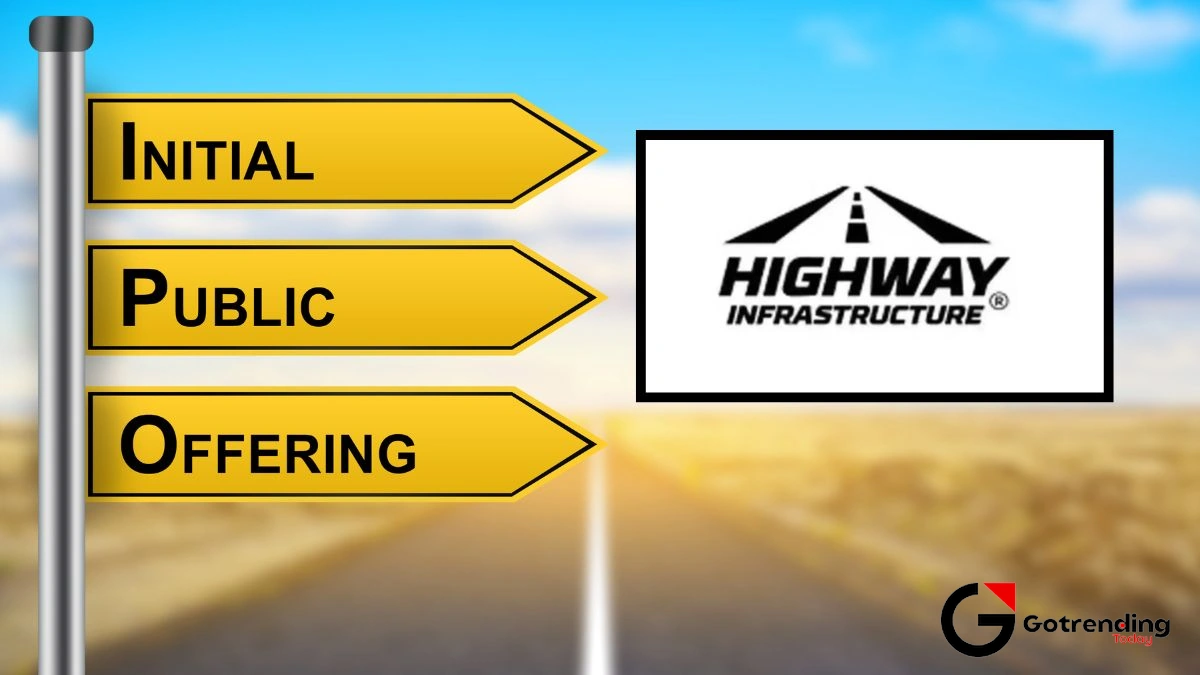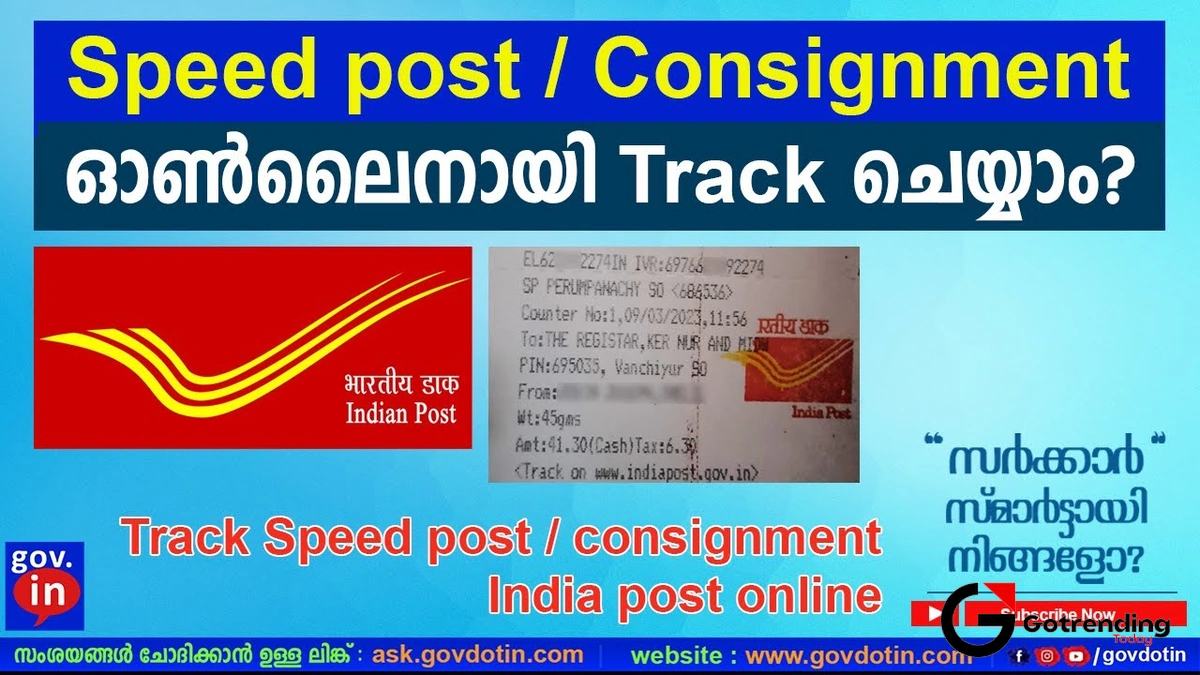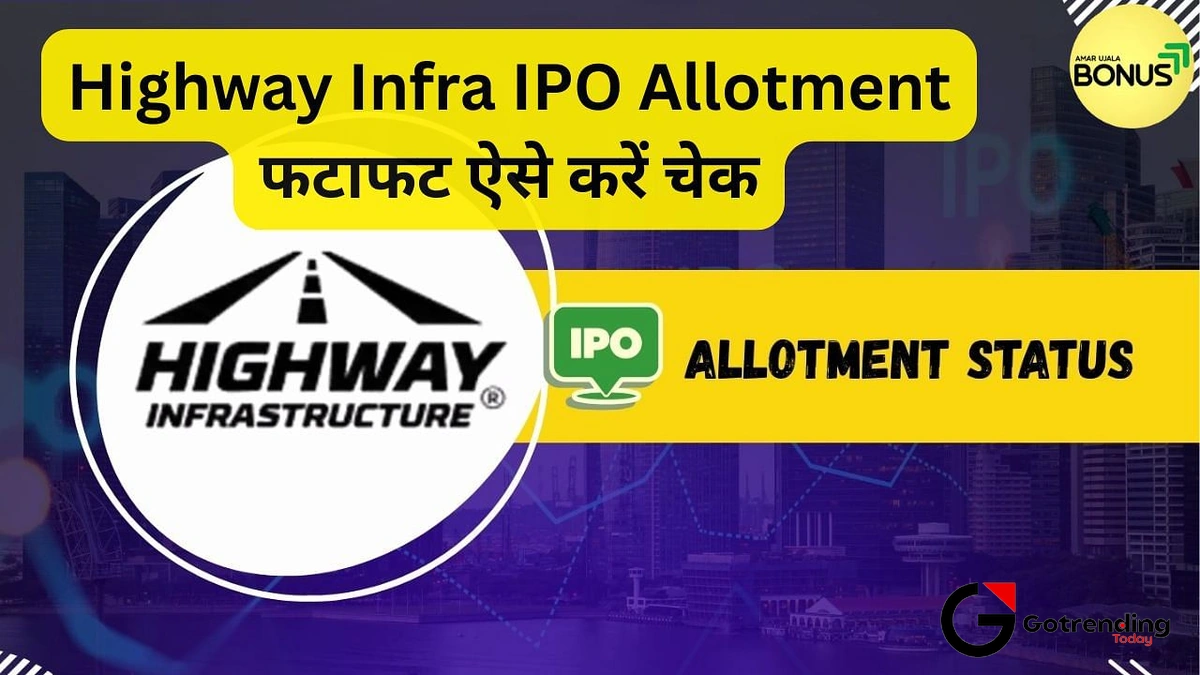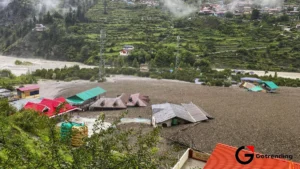More Than Just Tar and Tolls | Why India’s Highway Boom is Quietly Changing Your Life
Let’s be honest. We’ve all been there. Stuck in a car, sometime around 2010, on a so-called “national highway” that felt more like a planetary surface exploration mission. The journey from Delhi to Jaipur wasn’t a drive; it was a 6-hour bone-rattling saga. A quick trip to see the grandparents in a neighbouring state? You’d have to pack for an expedition, armed with patience and a strong back.
Fast forward to today. You glide on a six-lane expressway, sipping your coffee, and cover the same distance in half the time. It’s easy to see this and think, “Great, faster travel.” But what if I told you that smooth stretch of asphalt under your tires is doing more than just saving you time? What if it’s silently rewiring our economy, changing the fate of small towns, and defining India’s next chapter?
Because that’s exactly what’s happening. This isn’t just about building roads. This is about laying the arteries for a new kind of India. And once you see it, you can’t unsee it.
Beyond the Asphalt | Why This is a Silent Economic Revolution
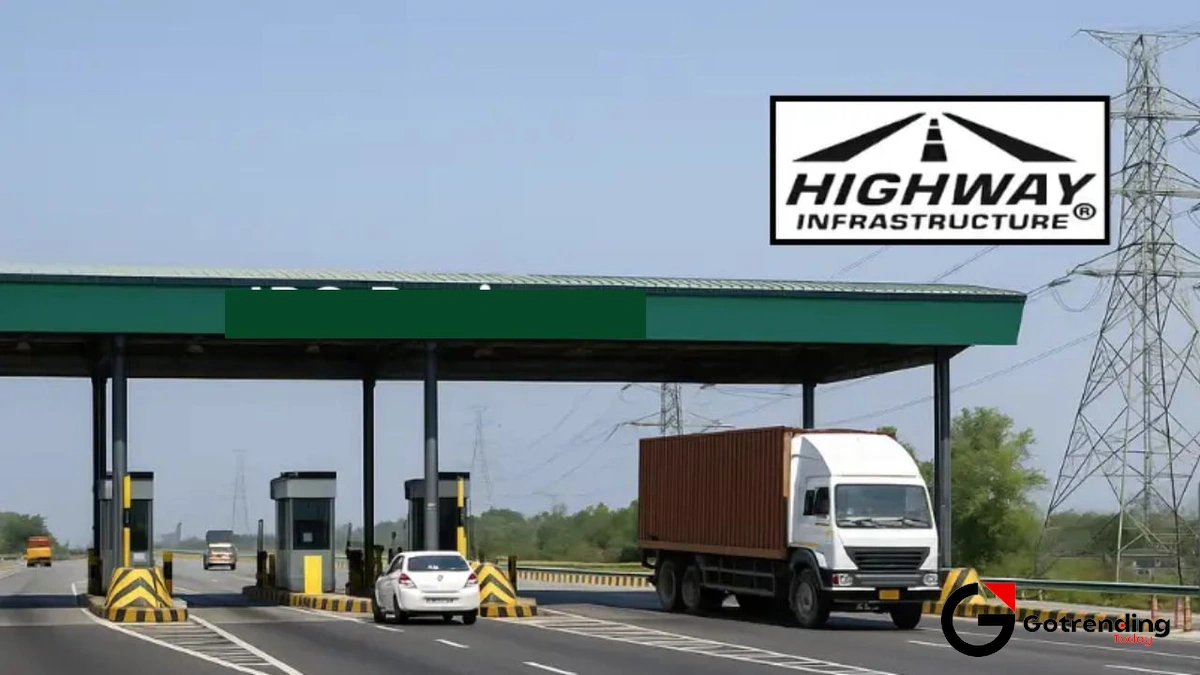
First, let’s talk scale. What’s happening with highway infrastructure in India isn’t just incremental progress; it’s a quantum leap. Under programs like the ambitious Bharatmala Pariyojana , we are building roads at a pace that is, frankly, staggering. We’re talking about a network of economic corridors, expressways, and feeder routes designed with a single, powerful purpose: to unshackle India’s economic potential.
What fascinates me is the ‘multiplier effect’ economists love to talk about. It sounds like jargon, but it’s incredibly real. Here’s the simple version: for every one crore rupees the government spends on building a road, it adds an estimated 2.5 crores to the national income. How? Well, it creates jobs for construction workers, sure. But it also creates demand for steel, cement, and trucks. It spawns dhabas, hotels, and repair shops along the way. That money then flows through the local economy, creating a virtuous cycle.
But the real magic happens after the road is built. For decades, India has been hobbled by ridiculously high logistics costs around 14% of our GDP, compared to 8-10% in developed nations. Think about what that means. It costs more to transport a bag of potatoes from a farm in Uttar Pradesh to a market in Mumbai than it should. That extra cost is baked into the price of everything you buy. Smooth, efficient expressways in India directly attack this problem. They reduce fuel consumption, slash travel time, and minimise wear and tear on vehicles. Suddenly, that bag of potatoes is cheaper. The smartphone assembled in Noida reaches you faster. The ‘Made in India’ tag becomes more competitive globally.
The Domino Effect | How a New Road Changes Your Local Kirana Store
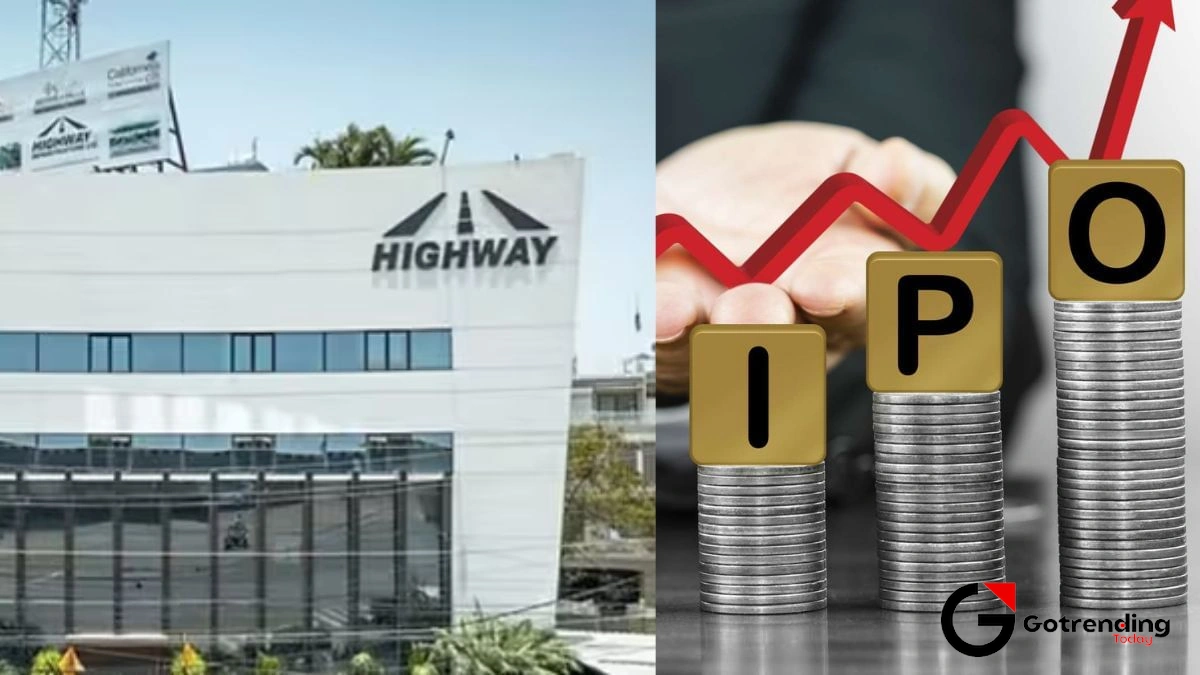
This is where the story gets personal. It’s easy to see a multi-lane highway and think it only benefits big corporations with huge fleets of trucks. But the real transformation happens at the grassroots level.
Consider a farmer in rural Maharashtra. Before a new highway, a third of her tomato crop might spoil on the slow, bumpy ride to the Pune market. With a new road, she can get her produce to the city in a few hours, fresh and fetching a better price. Less wastage, more income. That’s a direct consequence of good highway infrastructure .
Or think about a small artisan in Jodhpur making beautiful handicrafts. The new highway network connects her to the Delhi-Mumbai Expressway. Suddenly, her potential market isn’t just local tourists; it’s the entire country. She can ship her products to customers in metro cities overnight. Her small business, once limited by geography, is now unlocked. This is how you create wealth outside the major urban centres.
And let’s not forget the ecosystem that springs up. The new highways are creating mini-economies. Think of the modern, clean food courts, the fuel stations, the motels, and the mechanic shops that employ local people. This is development that you can see and feel, a far cry from abstract economic figures that rarely seem to impact daily life. This tangible growth is what truly determines value, much like how the grey market premium hints at an IPO’s perceived worth before it even lists.
Not Just for Cars | The Human and Strategic Side of Superhighways

The conversation around India’s national highway network is often dominated by economics, but its impact is profoundly human and strategic.
Strategically, these roads are a game-changer for national security. Building all-weather roads to sensitive border areas like Ladakh or Arunachal Pradesh means our military can move troops and supplies faster than ever before. In a volatile neighbourhood, that speed can be the difference between security and crisis. It’s a quiet statement of strength, written in asphalt and steel.
On the human side, these highways are stitching the country together in a way that transcends maps. A student from a small town can now seriously consider commuting to a better college in a nearby city. A family can get a loved one to a speciality hospital in a fraction of the time it once took. Weekend trips to see relatives are no longer daunting ordeals. These connections strengthen our social fabric, breaking down the physical and psychological distances that have separated us.
This network represents a fundamental shift in our national mindset, much like how understanding the Nifty share price is key to grasping the health of our market. It’s a foundational layer upon which future growth is built.
The Bumps in the Road | What Are the Real Challenges?
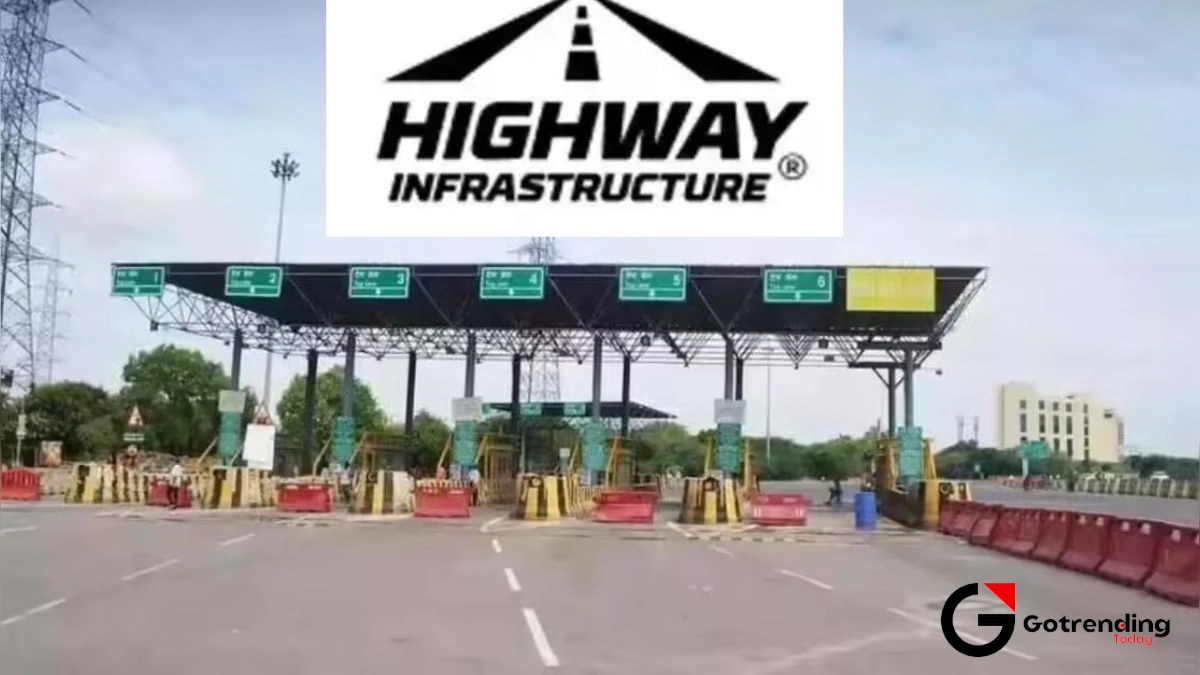
Now, let’s take a breath. It’s not all smooth sailing. Building on this epic scale comes with significant challenges that we can’t afford to ignore.
Land acquisition is perhaps the biggest hurdle. Behind every kilometre of highway, there are stories of farmers, families, and communities whose land was acquired. While compensation is provided, the process can be slow, fraught with disputes, and emotionally draining for those involved. It’s a complex issue with a real human cost.
Then there’s the environmental impact. Let’s be real: you can’t build a massive highway without affecting the environment. Forests are cleared, hills are cut, and wildlife habitats are fragmented. The government, under pressure from activists and courts, is now incorporating solutions like dedicated wildlife corridors and underpasses, as seen on the Nagpur-Mumbai expressway. But the question remains: are we doing enough to balance development with conservation?
Finally, there’s the long-term question of quality and maintenance. We’ve all seen brand-new roads develop potholes after one monsoon. Ensuring high-quality construction and, crucially, having a robust plan for perpetual maintenance is key. The toll-based model is one answer, but ensuring those funds are used effectively for upkeep is a challenge that all MoRTH projects face. As the experts at theWorld Bankoften highlight, building is only half the battle; maintaining is the other half.
Frequently Asked Questions about India’s Highway Infrastructure
What exactly is the Bharatmala Pariyojana?
Think of it as the master plan for India’s road network. It’s a centrally-sponsored program focusing on creating a grid of national highways and expressways. Its primary goal is to optimize the efficiency of freight and passenger movement across the country by connecting previously underserved areas and developing economic corridors.
Are these new highways really worth the massive cost?
From a purely economic perspective, most experts say yes. The long-term benefits like reduced logistics costs, increased trade, job creation, and higher GDP growth are expected to far outweigh the initial investment. The key is to ensure the projects are completed on time and with high quality to realize these benefits.
What’s the difference between a National Highway and an Expressway?
A National Highway (NH) is the primary network of roads connecting major cities across states. They can have multiple lanes but may also have intersections and some local traffic access. An Expressway is a higher class of road with six to eight lanes, controlled access (very few entry/exit points), and is designed for high-speed, uninterrupted travel. Think of an NH as a main artery and an Expressway as a super-artery.
How does highway development affect the environment?
It has a significant impact, including deforestation, habitat fragmentation for wildlife, and increased carbon emissions from traffic. However, modern projects increasingly include mitigation measures like extensive tree plantation, building wildlife underpasses or overpasses (eco-ducts), and using noise barriers in sensitive areas to minimize the damage.
Will these new roads solve India’s traffic problems?
They solve the problem of inter-city and cross-country connectivity. However, they don’t solve urban traffic congestion. In fact, by making it easier to reach cities, they can sometimes add to the pressure on city roads. Solving urban traffic requires a different approach, focusing on public transport, metro networks, and better city planning.
So, the next time you’re cruising down a new expressway, take a moment. You’re not just on a road. You’re travelling on the physical manifestation of India’s ambition. These ribbons of asphalt are more than just connections between places; they are connections between a past of slow progress and a future of immense possibility. The journey, quite literally, has just begun.
